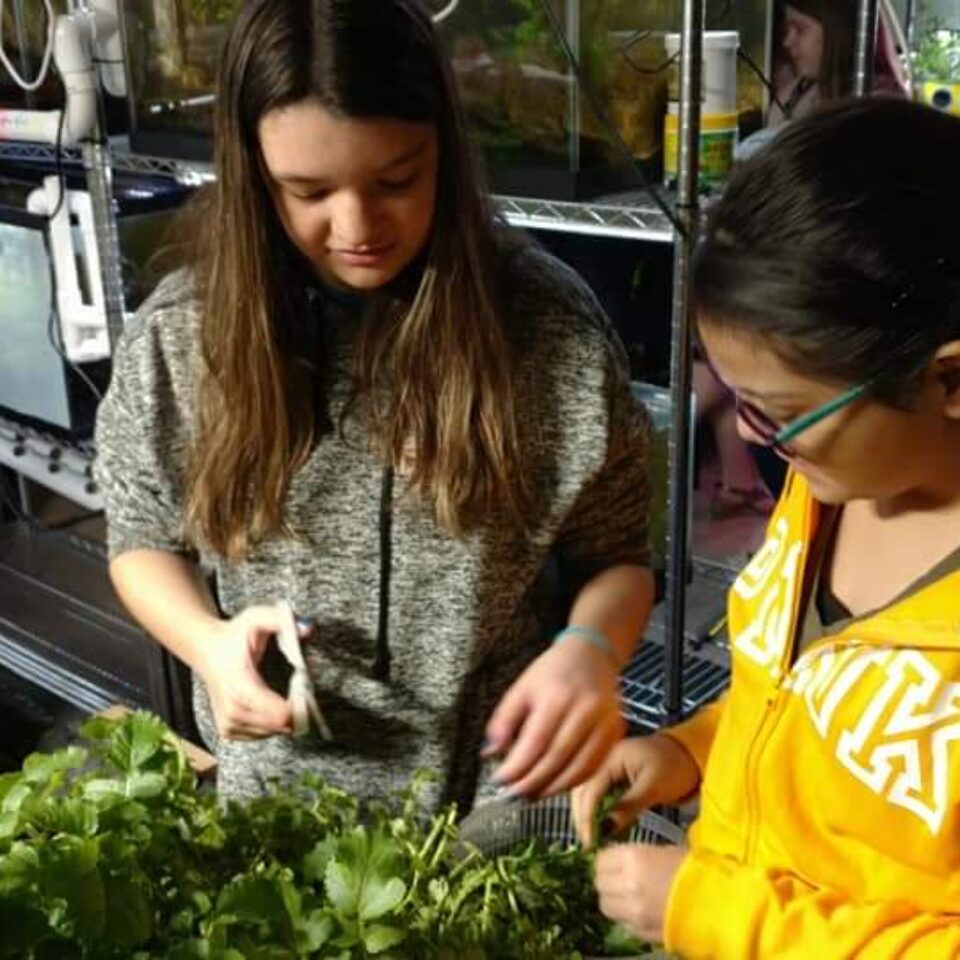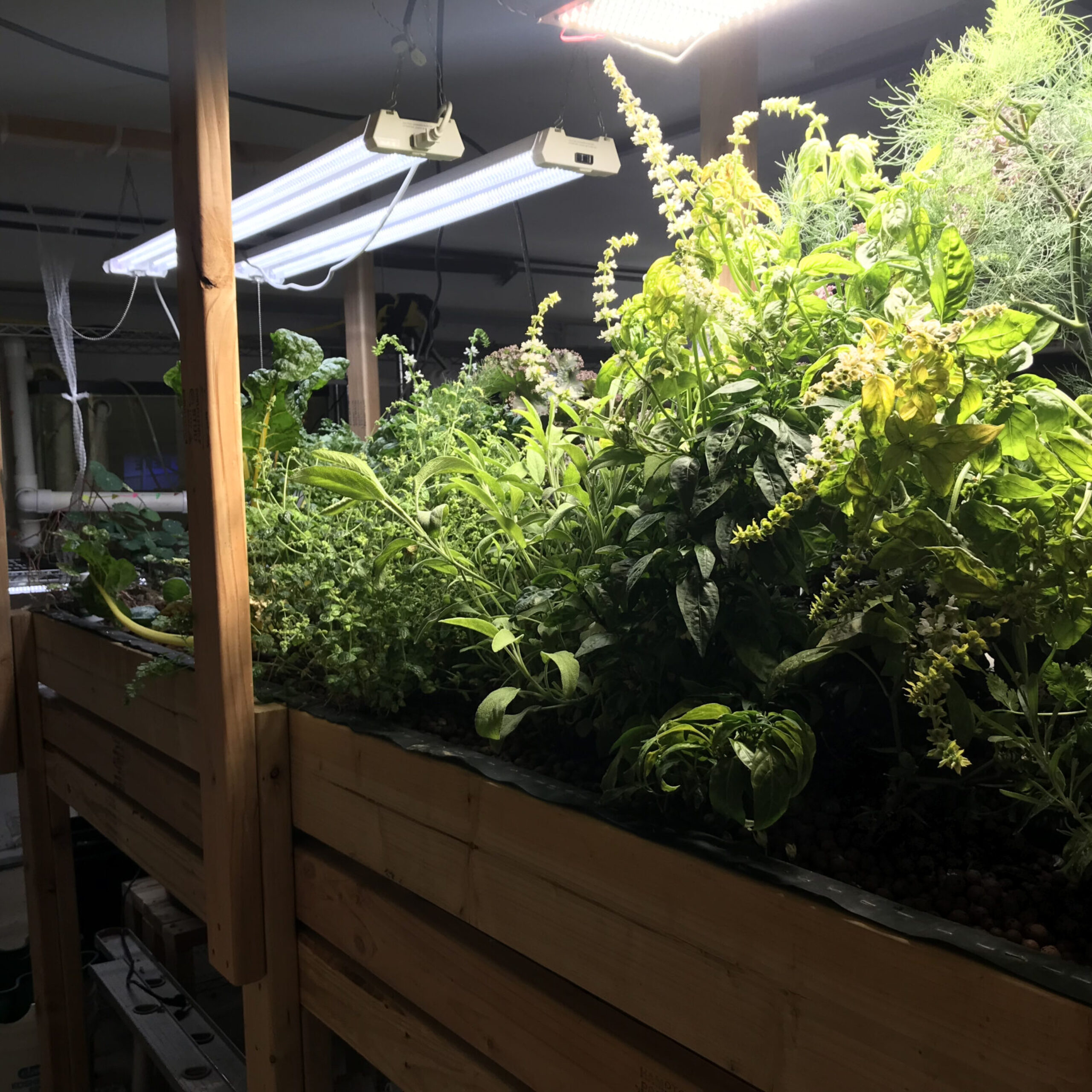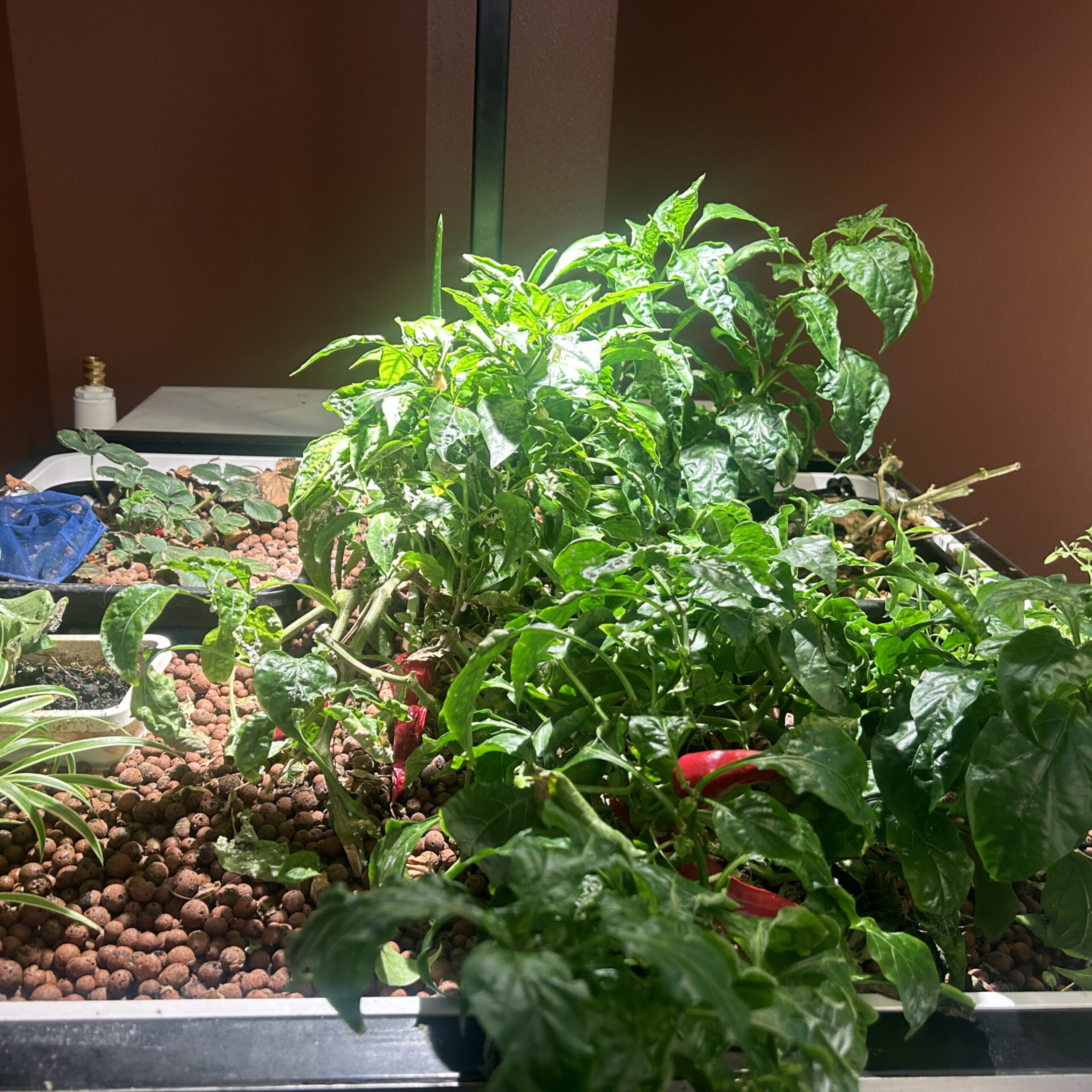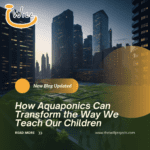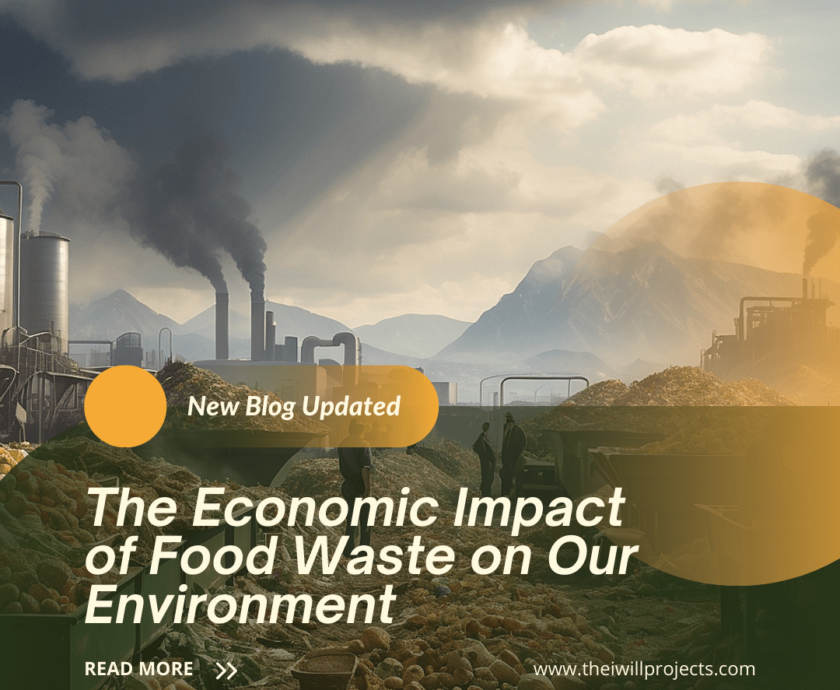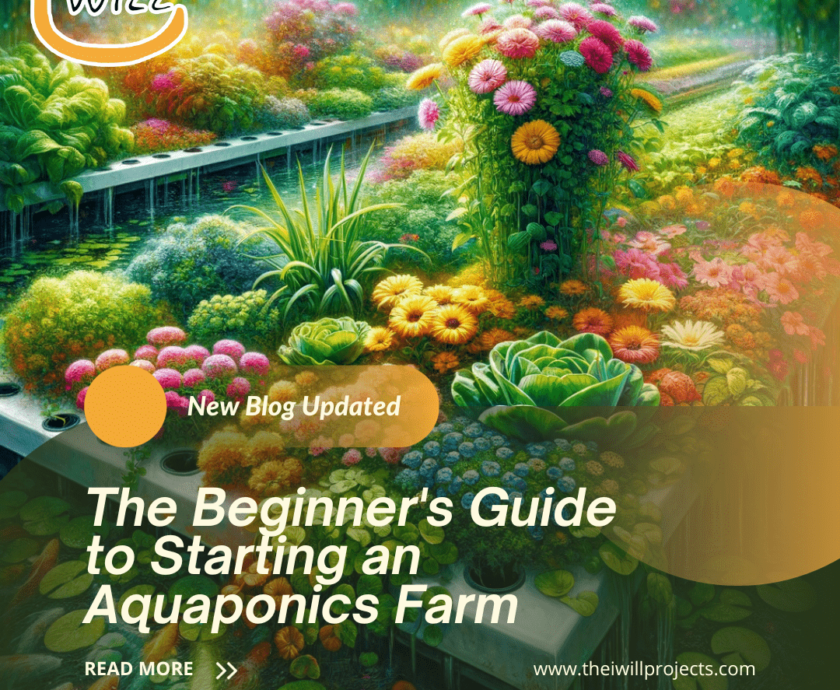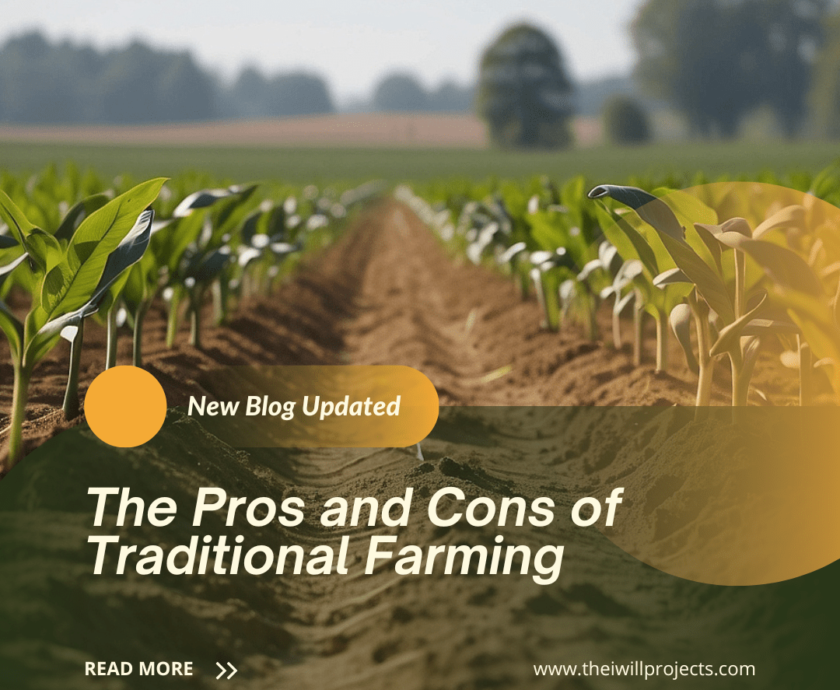“Farmers are the first environmentalists. With smart farming, we’re simply giving them the tools to do what they do best, better.” – Unknown
TweetTable of contents
- Definition and Overview of Smart Farming Technologies
- Smart Livestock Management and Animal Health Monitoring
- Remote Sensing Technologies for Crop Monitoring and Yield Prediction
- Vertical Farming and Urban Agriculture as Innovative Solutions
- Challenges and Potential Limitations of Smart Farming Adoption
- Policy and Regulatory Considerations for Promoting Smart Farming Globally
- Collaborative Approaches and Partnerships for Scaling Up Smart Farming Initiatives
- Social Impact of Smart Farming on Rural Communities and Livelihoods
- Conclusion
In a world grappling with a growing population and the challenges posed by climate change, the need for sustainable and efficient agricultural practices has never been more pressing. Enter smart farming, a revolutionary approach that leverages cutting-edge technologies to transform traditional farming methods. With its integration of Internet of Things (IoT) devices, artificial intelligence (AI), and data analytics, smart farming is proving to be a game-changer in the quest to feed a rapidly expanding global population.
This blog post delves into the transformative power of smart farming and explores how it is addressing some of the most critical challenges faced by the agricultural industry. From optimizing resource management to enhancing crop yields and mitigating environmental impact, smart farming is ushering in a new era of productivity and sustainability. Join us as we uncover the remarkable ways in which this innovative approach is shaping the future of food production, enabling us to meet the demands of a hungry planet.
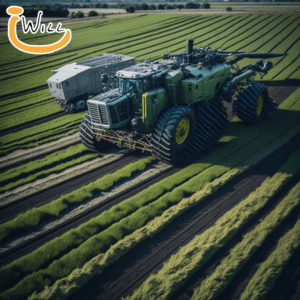
Definition and Overview of Smart Farming Technologies
Over the years, advancements in various fields such as robotics, data analytics, precision farming, and smart sensors have transformed traditional farming methods into more streamlined and optimized processes.
One significant aspect of technology and automation in agriculture is the use of robotic systems. Agricultural robots are designed to perform tasks that were traditionally labor-intensive and time-consuming. These robots can automate activities like planting seeds, applying fertilizers and pesticides, harvesting crops, and even sorting and packing produce. By replacing manual labor with robots, farmers can save time, reduce costs, and improve overall efficiency. Additionally, robots can operate continuously without the need for breaks, resulting in increased productivity and faster completion of tasks.
Precision farming is another area where technology has greatly contributed to agricultural efficiency. Precision farming involves using advanced technologies like global positioning systems (GPS), geographic information systems (GIS), and remote sensing to optimize agricultural practices. These technologies enable farmers to analyze and monitor specific areas of their fields, allowing for targeted applications of water, fertilizers, and pesticides. By precisely applying these resources, farmers can minimize waste and maximize crop yields.
Moreover, data collected from precision farming techniques can be used to make informed decisions about crop rotation, soil management, and pest control, further enhancing productivity and sustainability.
Smart sensors and Internet of Things (IoT) devices have also played a crucial role in improving agricultural efficiency. These sensors can be deployed throughout the farm to collect real-time data on various parameters such as soil moisture, temperature, humidity, and crop health. By continuously monitoring these factors, farmers can make data-driven decisions and take prompt action to address any issues. For instance, if a sensor detects low soil moisture levels, an automated irrigation system can be activated to provide water precisely where it’s needed, avoiding unnecessary water usage.
By integrating data from sensors with predictive analytics, farmers can also anticipate problems, such as pest infestations or diseases, and take preventive measures before significant crop damage occurs.
Furthermore, advancements in data analytics and machine learning have empowered farmers to analyze large volumes of data and gain valuable insights. By leveraging historical and real-time data, farmers can optimize their operations, make accurate predictions about crop yields, determine the best planting times, and identify potential bottlenecks.
Data analytics also enables farmers to identify patterns and trends that may impact agricultural practices, allowing them to adapt and make informed decisions accordingly.
The increased efficiency achieved through technology and automation in agriculture not only benefits farmers but also contributes to sustainable and environmentally friendly practices. By minimizing the use of resources such as water, fertilizers, and pesticides, precision farming techniques help reduce the ecological footprint of agriculture.
Additionally, automated systems can decrease the reliance on manual labor, which is crucial in regions facing labor shortages or high labor costs.
In conclusion, technology and automation have significantly increased the efficiency of agricultural practices. From robotic systems to precision farming techniques and smart sensors, these advancements enable farmers to streamline operations, optimize resource usage, and make data-driven decisions.
As technology continues to evolve, we can expect further improvements in agricultural efficiency, leading to enhanced food production, sustainability, and economic viability for farmers around the world.
Smart Livestock Management and Animal Health Monitoring
Smart livestock management and animal health monitoring technologies have transformed agriculture. Through the use of IoT devices, sensors, and data analytics, farmers can efficiently track and manage their livestock while ensuring their overall well-being. Real-time monitoring of animal health is a key aspect of these systems, with sensors collecting data on parameters like temperature, heart rate, and activity levels. This data is wirelessly transmitted to a centralized system, allowing farmers to remotely monitor the health of their animals and take prompt action to prevent disease outbreaks.
Smart livestock management also enables individualized care for animals. By analyzing data on feeding patterns, water consumption, and behavior, farmers can tailor nutrition plans and optimize the well-being of each animal. Automated systems can trigger alerts if deviations occur, helping farmers identify potential issues and provide timely care.
Additionally, these systems provide insights into animal behavior and environmental conditions. Farmers can analyze data on movement, grazing habits, and social interactions to optimize pasture management, breeding practices, and overall animal welfare. By identifying areas of high grazing activity, farmers can rotate their livestock and prevent overgrazing, leading to improved forage quality and conservation.
Lastly, smart livestock management systems promote sustainability in agriculture. By optimizing resource utilization and reducing wastage, farmers can minimize their environmental impact. Monitoring water usage, energy consumption, and waste management allows for sustainable decision-making. Analyzing water consumption patterns, for example, helps identify leaks or excessive usage, leading to efficient water management practices.
In conclusion, smart livestock management and animal health monitoring technologies have revolutionized agriculture. These systems enable real-time health monitoring, individualized care, and data-driven decision-making, ultimately improving animal welfare and farm productivity. Leveraging IoT devices, sensors, and data analytics, farmers can optimize operations, enhance sustainability, and ensure the well-being of their livestock, marking a significant step forward in modern agriculture.
Remote Sensing Technologies for Crop Monitoring and Yield Prediction
Remote sensing technologies have revolutionized crop monitoring and yield prediction by providing valuable information through sensors and satellite imagery. Satellite imagery, equipped with multispectral and hyperspectral sensors, captures data in various wavelengths, offering insights into crop conditions and parameters like vegetation indices and chlorophyll content. The Normalized Difference Vegetation Index (NDVI), derived from satellite imagery, helps detect stressors like nutrient deficiencies or diseases. Light Detection and Ranging (LiDAR) creates high-resolution 3D maps of the Earth’s surface, enabling assessment of crop height, biomass, and canopy structure. Thermal infrared sensors measure crop canopy temperature, aiding in identifying water stress and optimizing irrigation practices.
Unmanned aerial vehicles (UAVs) or drones equipped with cameras and sensors are increasingly used for crop monitoring. Drones capture high-resolution imagery at a finer scale than satellites, allowing farmers to closely monitor specific areas of interest and take targeted actions. Remote sensing data is processed using specialized software and algorithms, employing machine learning and artificial intelligence techniques to analyze large datasets and make yield predictions. By combining historical data, weather information, and real-time remote sensing data, predictive models can estimate crop yields and guide decisions regarding harvesting, storage, and marketing.
In conclusion, remote sensing technologies have transformed crop monitoring and yield prediction, providing insights into vegetation health, growth patterns, and stress factors. These technologies enable farmers to optimize agricultural practices, reduce crop losses, and enhance overall productivity in an efficient and sustainable manner.
Vertical Farming and Urban Agriculture as Innovative Solutions
Vertical farming and urban agriculture, including aquaponics, are innovative solutions for sustainable food production in urban areas. They maximize land use by cultivating crops and raising fish in vertically stacked layers. Aquaponics systems create a symbiotic relationship between fish and plants, optimizing environmental conditions for both.
These practices offer precise control over factors like temperature, pH, and nutrients, reducing the risk of pests and diseases. They require less water compared to traditional farming and minimize the use of chemical fertilizers and pesticides, reducing pollution. By growing food closer to urban centers, transportation distances are reduced, lowering carbon emissions.
Vertical farming and urban agriculture with aquaponics enhance food security by reducing dependence on long-distance transportation and strengthening local supply chains. They promote a connection between farmers and urban dwellers, fostering a resilient local food system. These practices also drive innovation, job creation, and the revitalization of underutilized urban spaces.
Challenges include initial investment costs and high energy requirements, but advancements in technology and renewable energy sources are addressing these issues. In conclusion, vertical farming and urban agriculture with aquaponics provide sustainable solutions for maximizing land use, optimizing resource efficiency, reducing environmental impact, enhancing food security, and fostering local economies.
Challenges and Potential Limitations of Smart Farming Adoption
Smart farming, or precision agriculture, has the potential to transform the agricultural industry by leveraging advanced technologies to enhance productivity, reduce costs, and minimize environmental impact. However, the adoption of smart farming faces several challenges. The high initial investment required for hardware, software, and infrastructure can be a barrier, particularly for small-scale farmers with limited capital. Additionally, limited technology awareness and digital literacy among farmers, especially older generations, can hinder the effective implementation and utilization of smart farming solutions. Bridging this knowledge gap through training and education is essential.
Connectivity and infrastructure play a crucial role in smart farming, but rural areas often suffer from poor network coverage and limited access to high-speed internet. Without reliable connectivity, the potential of smart farming solutions is limited. Furthermore, data privacy and security concerns arise due to the generation of vast amounts of data in smart farming. Ensuring the protection of sensitive information and implementing stringent measures to prevent unauthorized access and data breaches is crucial for farmer confidence.
Interoperability and standardization are essential for the smooth integration of various smart farming technologies, sensors, and platforms developed by different manufacturers. Lack of interoperability can create compatibility issues, making it challenging for farmers to seamlessly integrate different components. Establishing industry standards and protocols would facilitate greater adoption and integration of smart farming technologies. The complexity of these technologies also demands training programs to equip farmers with the necessary skills and knowledge to use and maintain the equipment, interpret data, and make informed decisions.
Finally, the transition to smart farming requires a shift in the traditional farming mindset, which can lead to resistance or skepticism among some farmers. Addressing concerns, providing evidence of the positive impact, and sharing successful case studies can help overcome resistance and encourage wider acceptance of smart farming practices. Despite these challenges, the potential benefits of smart farming, such as optimized resource utilization, improved crop yields, enhanced livestock management, and reduced environmental impact, make it crucial for governments, agricultural organizations, and technology providers to collaborate in addressing these challenges, developing tailored solutions, and providing support to farmers for successful integration into mainstream agriculture.
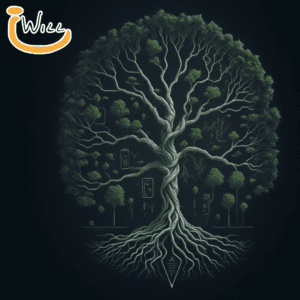
Policy and Regulatory Considerations for Promoting Smart Farming Globally
To promote smart farming globally, governments should focus on several policy and regulatory considerations.
Firstly, governments need to invest in robust digital infrastructure, including high-speed internet connectivity and sensor networks, particularly in rural areas. Access to these technologies is crucial for the implementation and adoption of smart farming practices.
Secondly, data privacy and security are critical. Governments should establish regulations and standards to safeguard farmers’ and stakeholders’ data privacy and ensure the security of agricultural systems. This involves developing data protection frameworks and enforcing strict data access and storage protocols.
Thirdly, interoperability and standardization are essential. Governments should facilitate collaboration among industry stakeholders, research institutions, and standardization bodies to establish common protocols and data formats. This will enable seamless integration and compatibility of various smart farming technologies and systems.
Lastly, financial support and incentives are necessary to encourage farmers to adopt smart farming technologies. Governments should provide grants, subsidies, tax credits, or low-interest loans. Collaboration with financial institutions can also develop specific funding mechanisms tailored to farmers’ needs.
Additionally, governments should invest in education and training programs to equip farmers with the necessary skills and knowledge for smart farming. They should also establish clear and adaptive regulatory frameworks that govern smart farming practices, addressing issues like data ownership, liability, intellectual property, environmental impacts, and ethical considerations.
Furthermore, fostering collaboration and knowledge sharing among stakeholders is crucial. Governments should facilitate platforms, networks, and partnerships for information exchange, best practice sharing, and joint research and development initiatives.
Addressing these policy and regulatory considerations will create an enabling environment for the widespread adoption of smart farming practices globally. This will contribute to sustainable agriculture, increased food production, resource efficiency, and improved livelihoods for farmers.
Collaborative Approaches and Partnerships for Scaling Up Smart Farming Initiatives
Collaborative approaches and partnerships are crucial for scaling up smart farming initiatives, which optimize agricultural practices through technology and data-driven solutions. This requires the collaboration of various stakeholders, including farmers, technology providers, research institutions, government agencies, and financial institutions. Collaboration facilitates the exchange of knowledge and expertise, allowing stakeholders to share technical know-how, practical experiences, and traditional knowledge.
Data sharing and analytics play a crucial role in smart farming, and collaborative partnerships enable stakeholders to share data for comprehensive analysis and insights. Integrating data from multiple sources enhances the accuracy of predictive models and decision support systems, empowering farmers to make informed choices in areas such as irrigation, fertilization, and pest management.
Collaborative approaches involving policymakers, farmers, technology providers, and researchers are instrumental in establishing supportive policy and regulatory frameworks. These frameworks address critical issues such as data privacy, intellectual property rights, financial incentives, and the widespread adoption of smart farming practices.
Access to finance and resources is essential for scaling up smart farming initiatives, and collaborative partnerships with financial institutions help farmers access affordable loans, grants, and subsidies. Additionally, pooling resources and equipment through partnerships makes expensive technologies more accessible, especially for small-scale farmers.
Training and capacity building are also essential, and collaborative partnerships organize workshops, training programs, and knowledge-sharing events to educate farmers about the benefits of smart farming. These initiatives provide technical training on advanced technologies and help farmers develop the necessary skills for data analysis and decision-making.
In conclusion, collaborative approaches and partnerships are vital for scaling up smart farming initiatives. By fostering innovation, enhancing knowledge exchange, addressing policy barriers, and improving access to finance and resources, these partnerships contribute to the sustainable transformation of agriculture.
Social Impact of Smart Farming on Rural Communities and Livelihoods
Smart farming has a profound social impact on rural communities by utilizing technology and data-driven solutions. This approach improves farmers’ lives in multiple ways. Firstly, it enhances productivity and increases income by optimizing agricultural practices. Through data-driven decision-making and resource efficiency, smart farming helps farmers achieve higher crop yields and produce better-quality crops, resulting in improved incomes.
Secondly, smart farming plays a crucial role in enhancing food security. By leveraging precision agriculture techniques, it effectively manages crop diseases, pests, and nutrient deficiencies, reducing crop losses. This promotes sustainable farming practices and diversification, leading to a more abundant supply of nutritious food for rural communities, ensuring a reliable food source.
Thirdly, the adoption of smart farming creates new employment and entrepreneurship opportunities in rural areas. Skilled labor is required to manage and maintain advanced technologies, stimulating local economies. Investments and businesses are attracted to rural regions, offering ancillary services and support, thereby enhancing livelihood opportunities for rural populations.
Lastly, smart farming promotes sustainable farming practices and environmental conservation. By minimizing waste and resource use, it optimizes water, fertilizers, and pesticides, thereby reducing negative environmental impacts. Precision irrigation techniques help conserve water, while optimized machinery usage and energy efficiency contribute to reduced greenhouse gas emissions.
In conclusion, smart farming brings significant social benefits to rural communities. It improves productivity and income, enhances food security, creates new livelihood opportunities, promotes sustainable practices, and fosters knowledge transfer and capacity building. By harnessing technology and data, smart farming has the power to transform rural populations, improving their well-being and resilience in the face of evolving agricultural challenges.
Conclusion
Smart farming has emerged as a groundbreaking solution to address the global challenge of feeding a growing population. With the integration of advanced technologies and data-driven approaches, it has revolutionized traditional farming methods and unlocked tremendous potential for increased productivity, sustainability, and efficiency in agricultural practices.
By harnessing the power of automation, artificial intelligence, precision farming techniques, and IoT devices, smart farming optimizes resource management, reduces waste, minimizes environmental impact, and enhances crop yields. Moreover, it empowers farmers with real-time data insights and predictive analytics, enabling them to make informed decisions, mitigate risks, and maximize profitability.
From vertical farming and aquaponics to autonomous drones and smart sensors, these innovative solutions are transforming agriculture into a highly connected, digitized, and intelligent ecosystem.
The widespread adoption of smart farming practices across the globe holds the promise of ensuring food security, promoting rural development, and conserving natural resources. As we continue to witness advancements in technology and the growing need for sustainable food production, smart farming stands as a beacon of hope in our collective efforts to feed the world.
The I Will Projects, a 501(c)3 organization serving communities since 2014, believes in multiple solutions to address global challenges. Our IFIZ education programs focus on general aquaponics, growing microgreens and sprouts, and insect farming. These programs empower communities by expanding knowledge, developing collaboration, and advocating for sustainable innovation. Our aim is to contribute to a regenerative food system, ensuring access to healthy food and recognizing food as medicine.
References:
www.nokia.com/thought-leadership/articles/fight-to-feed-10-billion/
eos.com/blog/smart-farming/
iotbusinessnews.com/2021/08/27/46936-precision-agriculture-is-helping-to-solve-global-food-insecurity-heres-how/
www.unr.edu/nevada-today/blogs/2021/national-ag-month
www.expresscomputer.in/guest-blogs/smart-farming-how-iot-driven-precision-agriculture-helps-feed-the-globe/68180/
www.iotforall.com/smart-farming-future-of-agriculture
www.huawei.com/en/huaweitech/publication/winwin/plus-intelligence/feeding-the-world-connected-farming




